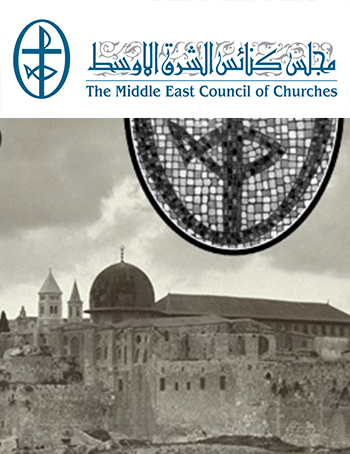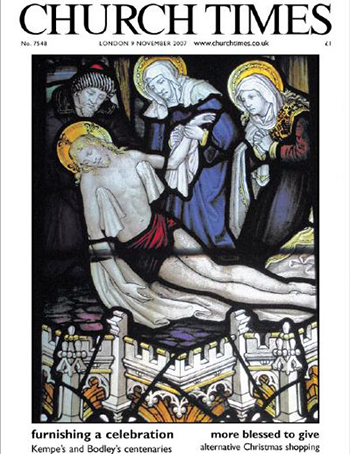
MIDDLE EAST COUNCIL OF CHURCHES
Book Review
The Gaza Strip. The phrase conjures up scenes of over-population, turmoil, political unrest, tear gas canisters, Israeli soldiers, crowds of rock-throwing and chafiyyeh-clad youths. But what lies behind the current TV news coverage of the area?
This slim volume goes into the 300 years old history of which we now know as Gaza . Geographically it has been, until recent isolation, at an important point along the "Way of the Sea" from up the Mediterranean coast. Commercially, it was an important shipping point for frankincense and other exotic products of Arabia and further east. Politically and militarily, it has been conquered and over-run by every aspiring Middle Eastern power from the time of the Assyrians on up to the modern period.
The book ends with a treatment of the Intifada and the question of what the future holds for this area of the world, ignored by Israelis, Arab governments and world leaders alike. "For much of its history Gaza knew its role - as trading center or military garrison - and sought at all costs to go on playing it. Over the past century, through, and especially during the wilderness years since 1948, Gaza has been uncertain of its role. It has become...a forgotten corner on the map of the Middle East " (p.187)
This reader found herself drawing together background from biblical studied, history, and archeology. In the history of Gaza , they are interwoven and the separate fields of study gain clarity in relationship to each other. The first three-quarters of the book are written in a straight forward historical mode, carefully footnoted and well documents. The last segment of the book, from 1948 onward, adopts a more anecdotal style. We hear history from the mouths of those survivors who have lived it and they tell us of their experiences. This is supplemented by reports from UNICEF and UNRWA and the British government's Foreign Office as well as other historians.
The book ends on a positive note, quoting from Reverend Father Waggett as he looked at Gaza city after its fall to the Ottoman Turks in 1917. " Gaza has tragic scars," he said,. "But it is the scene of ancient victories for progress; and where Samson spoiled the Philistines and Eudoxia raised a church over Marneion [the temple of the Cretan god Marnas, worshiped locally as a rain god], we shall see order and generosity wipe out the memorials of bribery and repression" (p.188). For it is clear that Palestinians will be satified until they alone control their own destiny, and Gaza is quintessentially Palestinian.
A review by Nancy G. Scudder - Middle East Council of Churches


